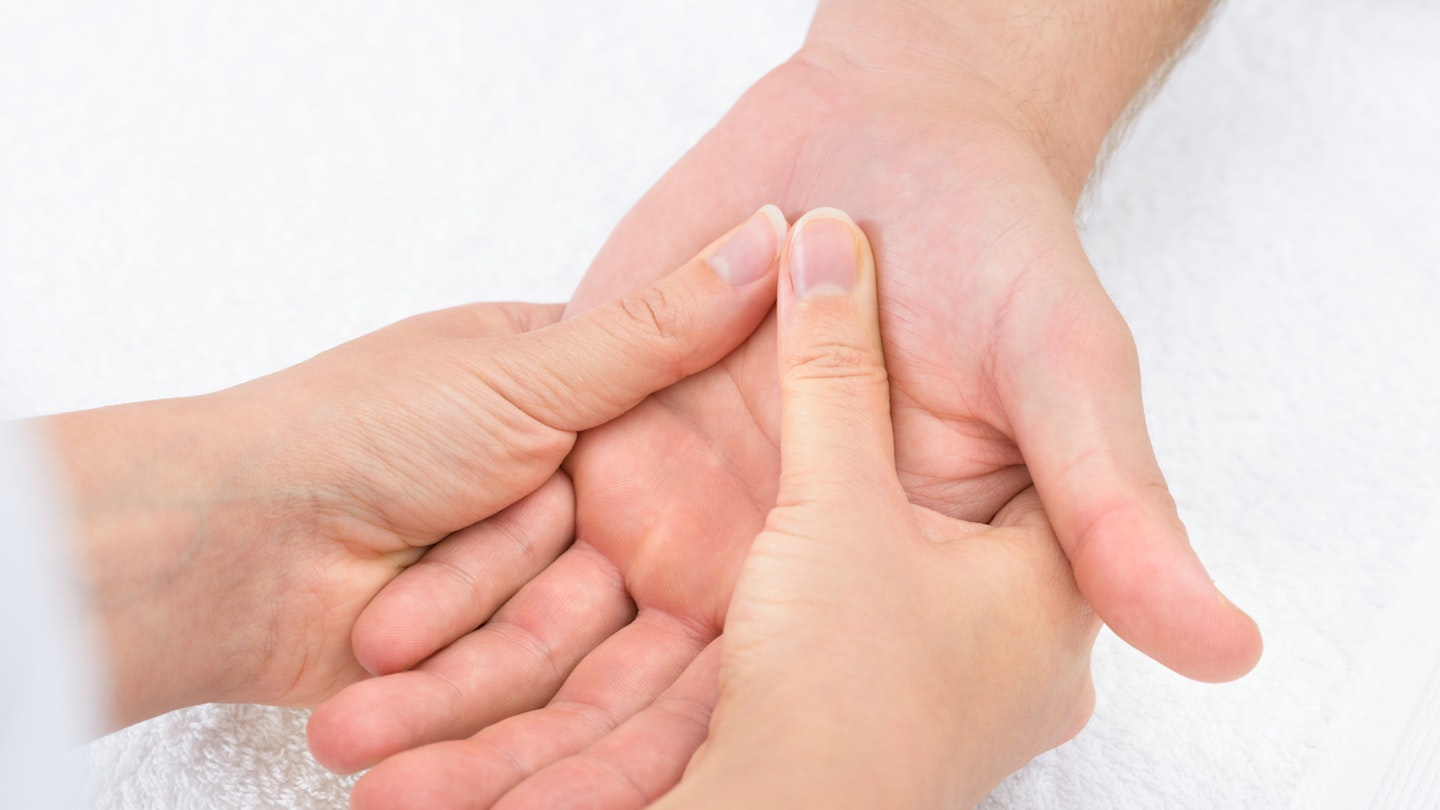Find out more about how this trigger point therapy can help you relax while you are trying to conceive.
If you’re trying to conceive, you will know how stressful the process can be if becoming pregnant doesn’t happen as quickly as you’d hoped.
The longer you’re trying to conceive, the more stressed and anxious you can become – which in turn can be detrimental to your fertility.
Reflexology can reduce this stress and help your conception journey.
What is reflexology?
Reflexology is based on the theory that different points and areas on the feet, lower leg, hands, face and ears correspond with different areas of the body. Reflexologists believe that working these points or areas aids relaxation and helps improve wellbeing, which can help you to cope better and can ease the stresses of modern life.
Receiving reflexology when you’re trying to conceive offers you time to purely on yourself, and a time to express your anxieties and stresses. Reflexologists work holistically and can provide general lifestyle advice and support to their clients to help support their conception journey.
Try hand reflexology
Follow this step-by-step guide to giving yourself hand reflexology, for 5 minutes a day. Fit it into your daily routine, perhaps when you have a morning cuppa or while you’re watching TV in the evening. Alternatively spend time with your partner and work on each other’s hands. Perform these moves on both hands:
gallery_name_1428500593
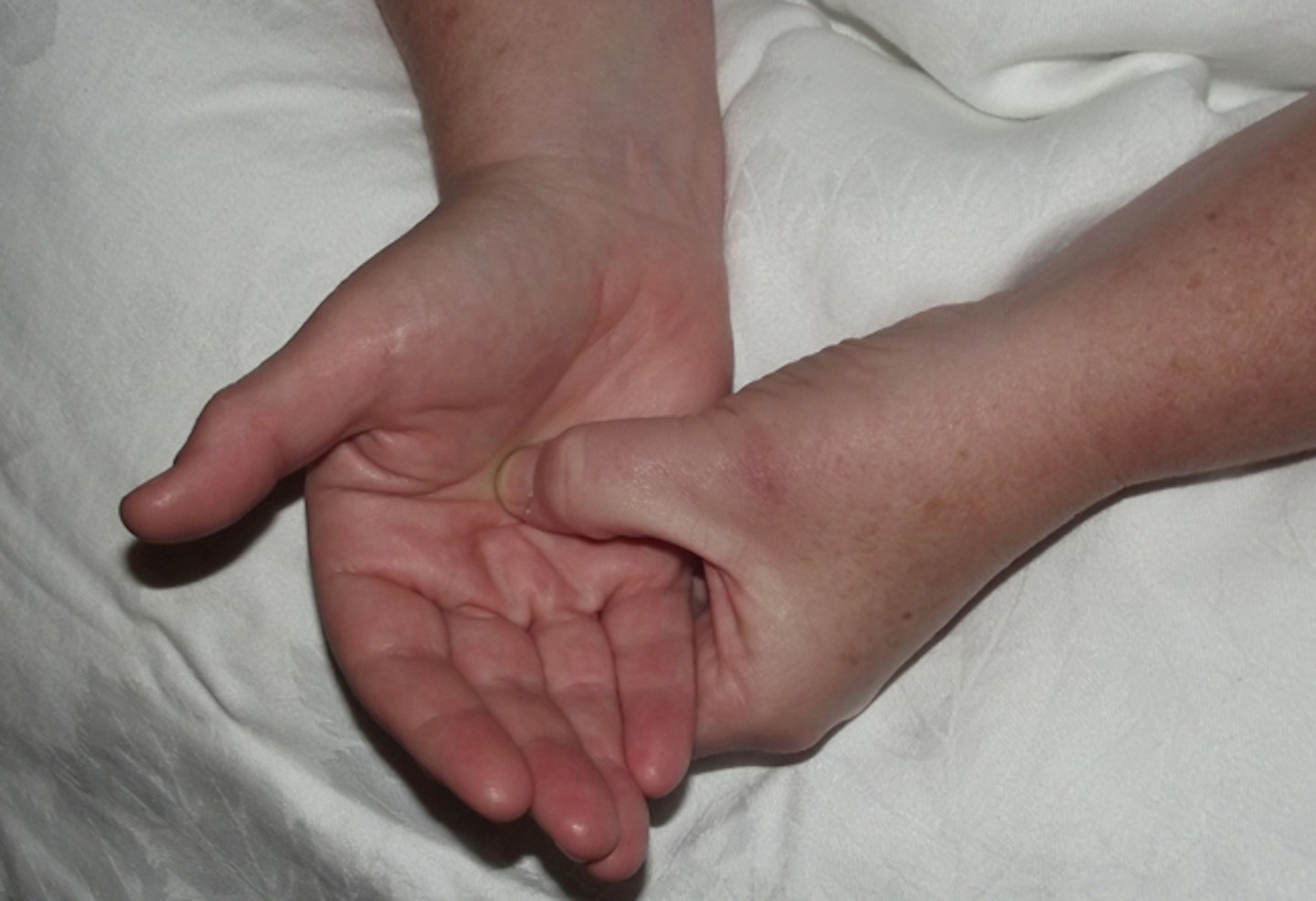 1 of 5
1 of 5Solar Plexus
Place your thumbs on the solar plexus reflex point which is good for calming, this is situated in the centre of the palm, take 3 deep breaths in through your nose and out through your mouth. As you breathe in push gently into the reflex point. If you are doing this on yourself do one hand at a time.
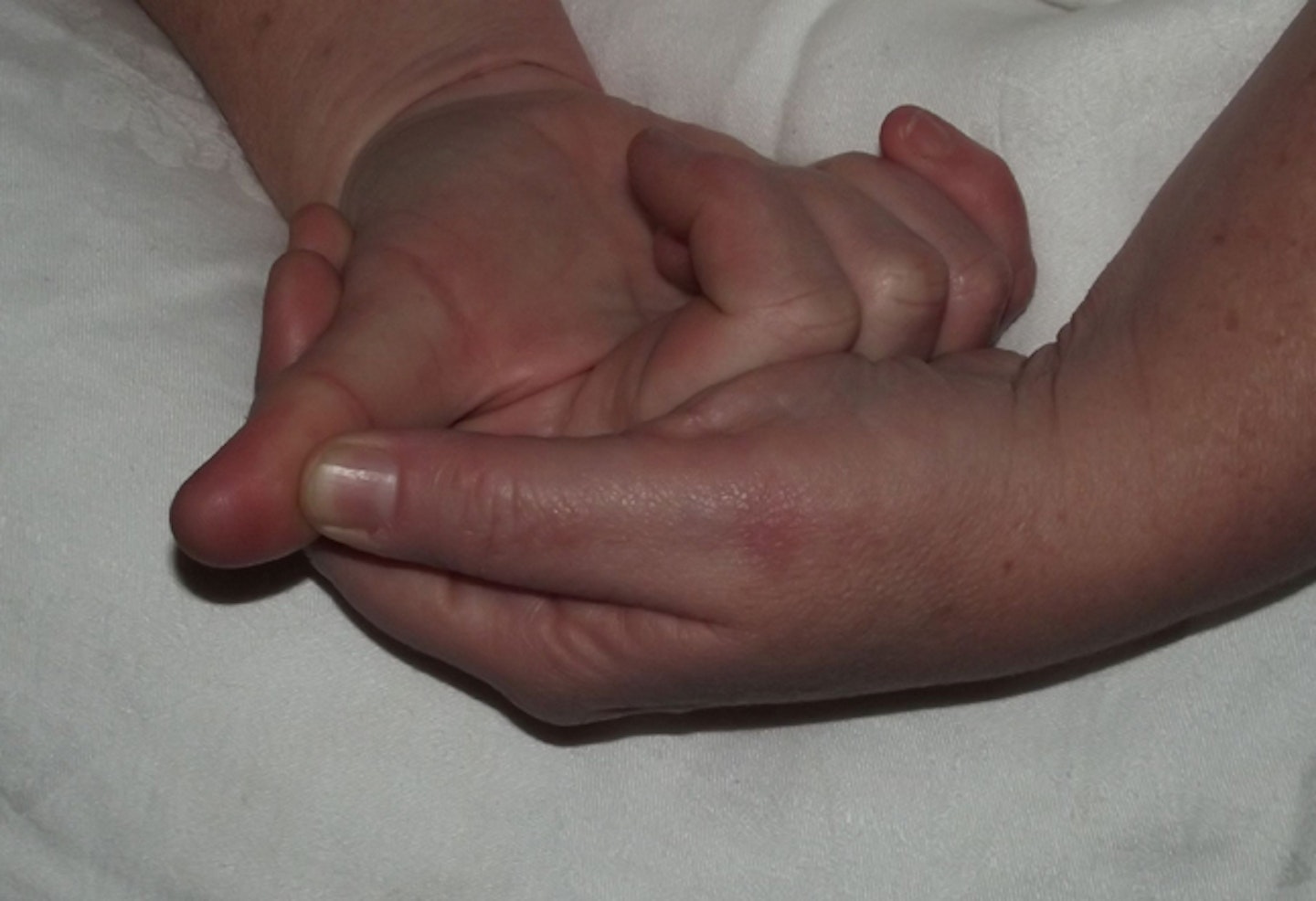 2 of 5
2 of 5Hand Reflex
Spend time massaging all over each thumb, this is the head reflex which can help ease tension and calm the mind, this is also where the pituitary reflex is found. The pituitary controls all hormones.
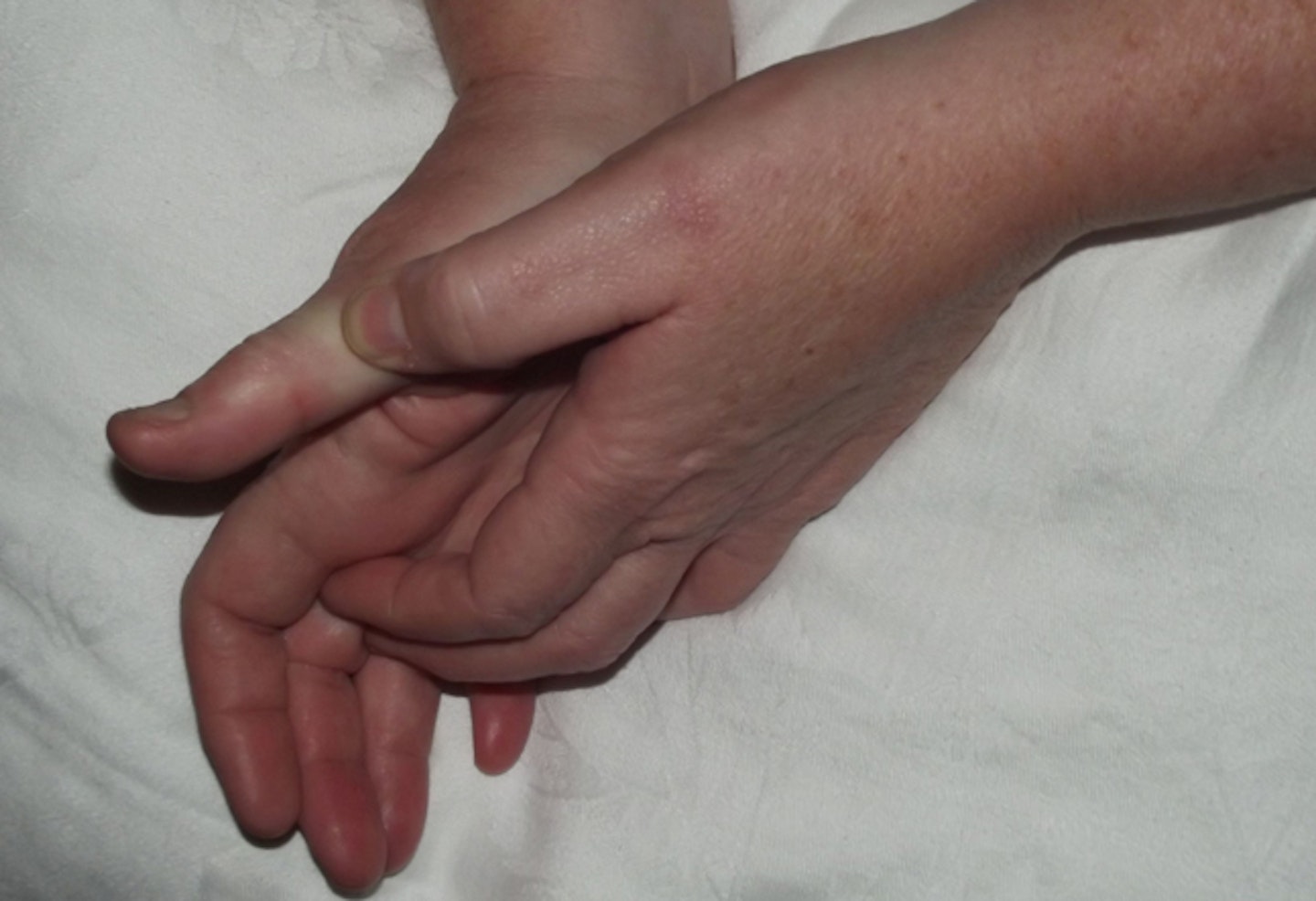 3 of 5
3 of 5Spine Reflex
Next rub along the spine reflex to help calm the nervous system. Use one thumb to rub along the edge of the other thumb from the wrist all the way to the top, then swap hands.
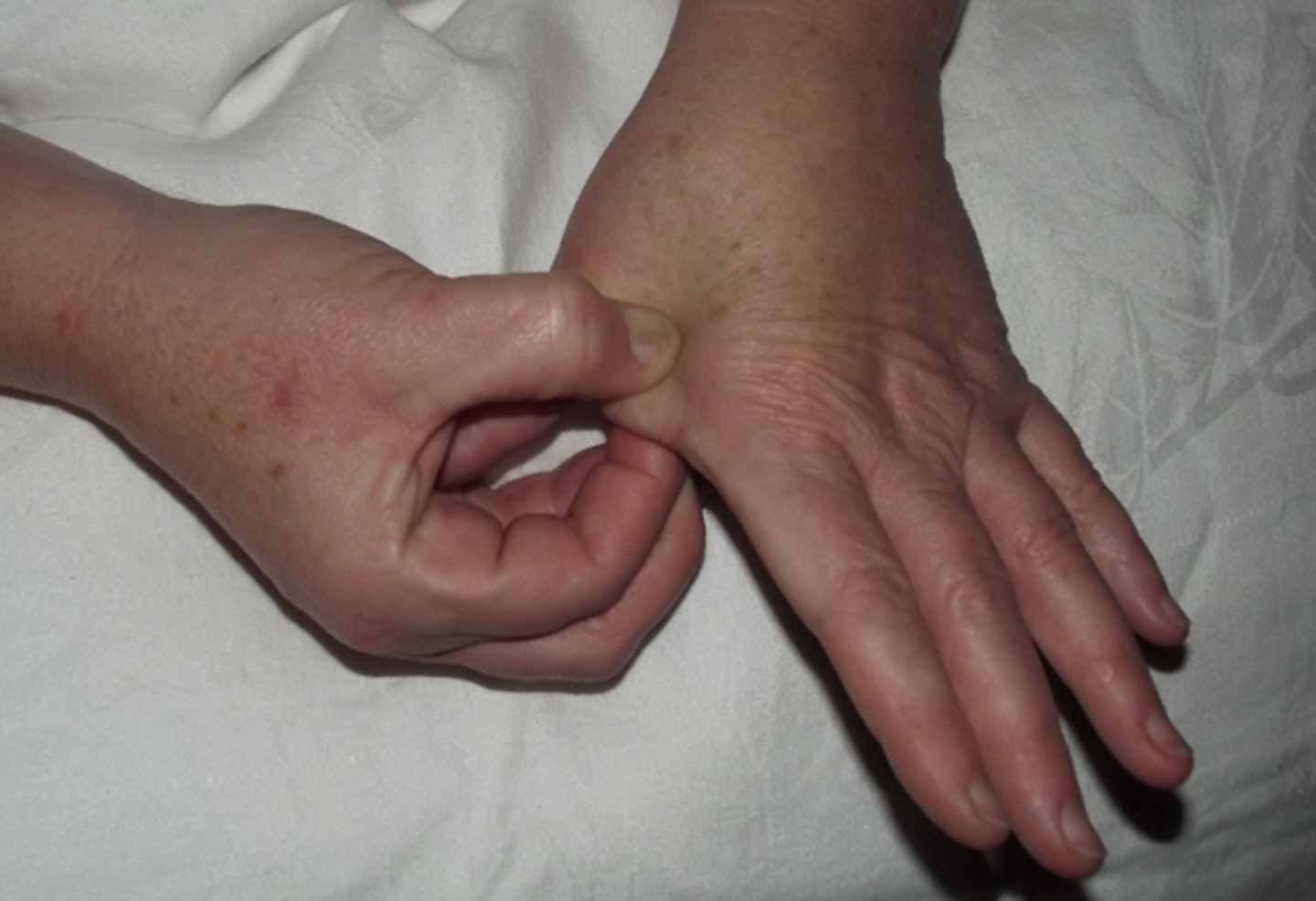 4 of 5
4 of 5Adrenal Gland Reflex
The adrenal gland reflex is particularly good to work for anxiety. This reflex can be found easily by pinching at the base of the 'V' at the base of the thumb and first finger. Place your thumb and finger on the top (dorsal) and bottom (palm) and squeeze gently together.
 5 of 5
5 of 5Uterus, Ovary and Fallopian Tube Reflexes
To work the uterus, ovary and fallopian tube reflexes, place one had over the top of the wrist and squeeze (just below the wrist bones), then slowly move the top hand backwards and forwards over the top of the other wrist.
Where can I find out more about reflexology?
For more information on reflexology, visit the Association of Reflexologists’ website. There are interactive hand and foot maps, plus YouTube videos on how to carry out hand reflexology. If you feel like trying a full reflexology treatment, there is a ‘find a reflexologist’ search, where you can put in your postcode to find a well-trained and insured reflexologist local to you.
